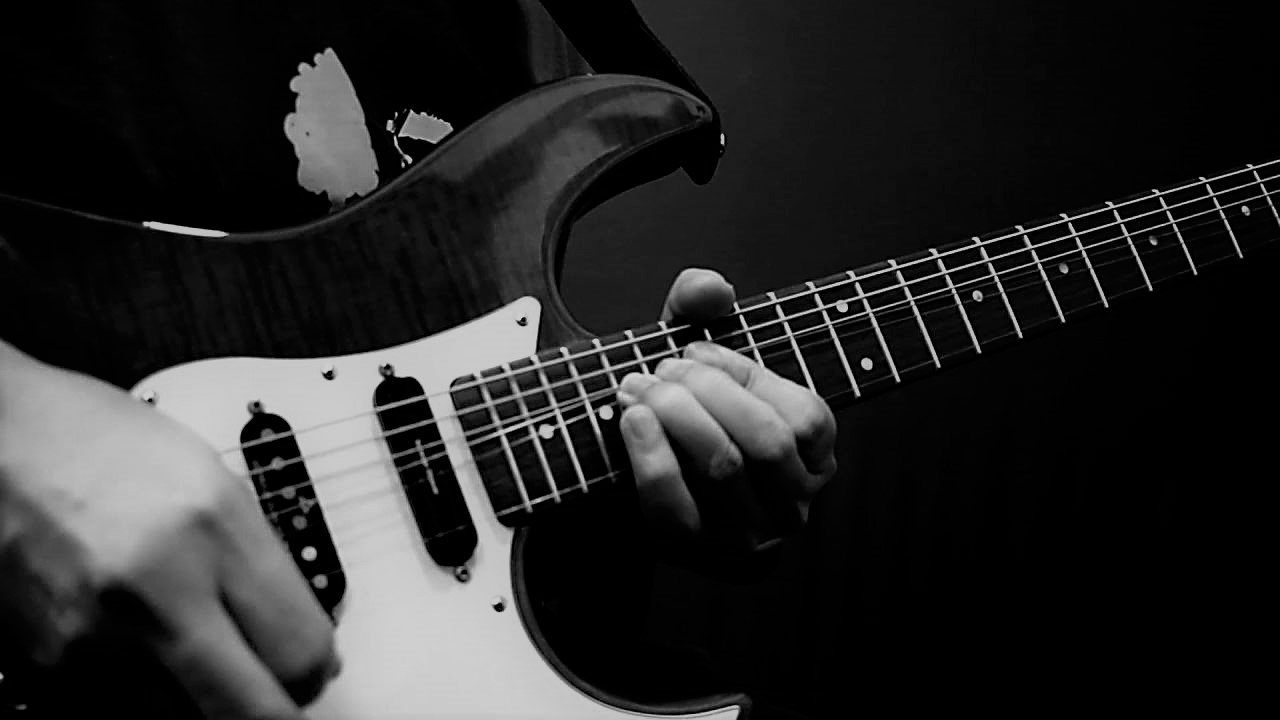
What you end up with is a scale with only one occurrence of the major third, which is interesting because it gives it a more ambiguous sound and forces you to emphasize other intervals such as the 9 (2) or the 11 (4), or the 13 (6). You could also see this as two pentatonic scales stacked on top of each other, or you could just not worry about any of the theory behind it and see what you can come up with!
G Dorian
Next up is the G Dorian scale, the second mode of F Major, and it gives us this easy-to-remember pattern:

If you ever run out of ideas for something to play over a minor or minor 7 chord, you can always rip into this memorable pattern. Again, there’s only one third so it’s also slightly ambiguous; what’s more, there’s only one occurrence of the characteristic sixth in the scale which forces you to emphasize the 9 (2) or the 11 (4) for a somewhat Santana-ish sound.
A Phrygian
This set of two notes per string is based on the A Phrygian mode:

Again, this is another easily remembered pattern and an interesting one because we have two instances of the b2 and only one instance of the b3; it’s also laid out in such a fashion that it allows you to really exploit those semi-tone intervals in the scale. To my ear it sounds more Phrygian than Phrygian!
Bb Lydian
Now it’s the turn of the Lydian mode for the 2NPS treatment:

I really like the Lydian pattern because you have those two #4s within easy reach, which is the characteristic note of the Lydian mode, with just one third and natural seven. This one really brings out the flavor of the Lydian mode for me.
C Mixolydian

This is also another easy pattern to learn with the 1, 3 and b7, the Mixolydian sound, falling nicely in the middle of it. You should also notice the major and minor barre chords within these patterns meaning you can use them to embellish those chords.
D Aeolian

Very similar to the Dorian pattern but for this to be an Aeolian pattern we need a b6 which occurs just once in the sequence. Remember that all these patterns are movable, simply shift the whole thing to a different starting note as you would a barre chord.
The great thing about these patterns is that they seem to avoid all the cliché licks and runs you might normally hear/play and craftily force you to emphasize other intervals from the scale.
Our last pattern is the E Locrian mode:

The Locrian mode is already fairly ambiguous and playing it this way makes for some intriguing and accessible phrasing options as the notes fall very nicely under your fingers.
What will this add to my playing?
If you’re wondering whether you should invest some time in these 2NPS scales, then I think they’re great for a number of reasons: a) any kind of restriction is always good for your phrasing because you need to do more with less, b) they allow you to get more intimately acquainted with the modes because you’re dealing with a small fragment rather than numerous patterns and permutations, c) you can incorporate these patterns into your playing quite easily as most of the shapes are easy to remember.
Try them out where you would normally use some other modal or major scale patterns such as the 3NPS or CAGED and see what you think.



